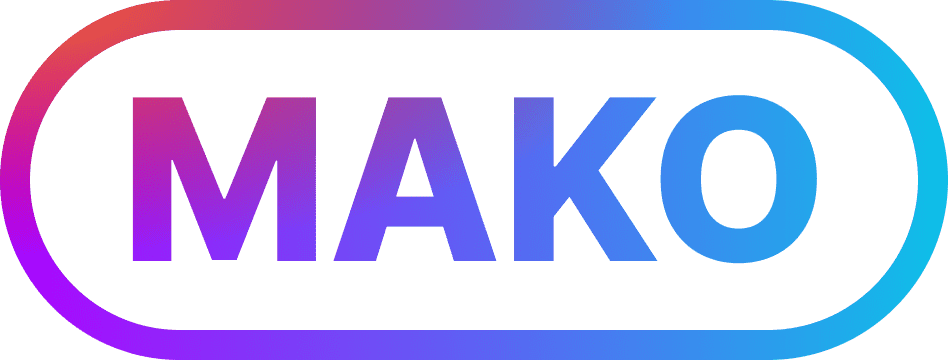What are sales funnels?
A sales funnel illustrates the series of steps required to convert a prospect into a buying customer.
Sales funnels have seen a huge gain in popularity in recent years, in great part thanks to the excellent job done by Russel Brunson at Clickfunnels. However, although sales funnels in the context of internet marketing are a fascinating topic which we will explore in depth in this guide, let’s take a step back and look at the origin of the whole concept.
The origin of sales funnels
The idea of a “marketing and sales funnel” dates all the way back to 1889 and is actually attributed to Elias St. Lewis, the owner of a big advertising agency. He conceptualised the various steps required to take an unknown stranger and turn them into a paying customer.
Back in the days, this was mostly used to describe advertising more than anything else.
Sales funnels applied to traditional sales
In sales, the concept of the funnel is used to:
- Describe the various steps of the sales process
- Set objectives, both on volume and conversion rate
- Measure progress
Typically, a salesman would start with his objective: make 100 sales this year. From there, he would estimate conversion rates and work his way back up the funnel:
- 100 sales
- 500 presentations (20% conversion rate)
- 1,500 connected calls (33% qualified prospects)
- 3,000 dials (33% answering rate)
Now the salesman knows that he needs to dial 15 people a day (assuming 200 working days) and he can measure his effort daily. Likewise, the sales manager can compare salespeople in the team and diagnose problems (not enough dials, closing rate too low…).
